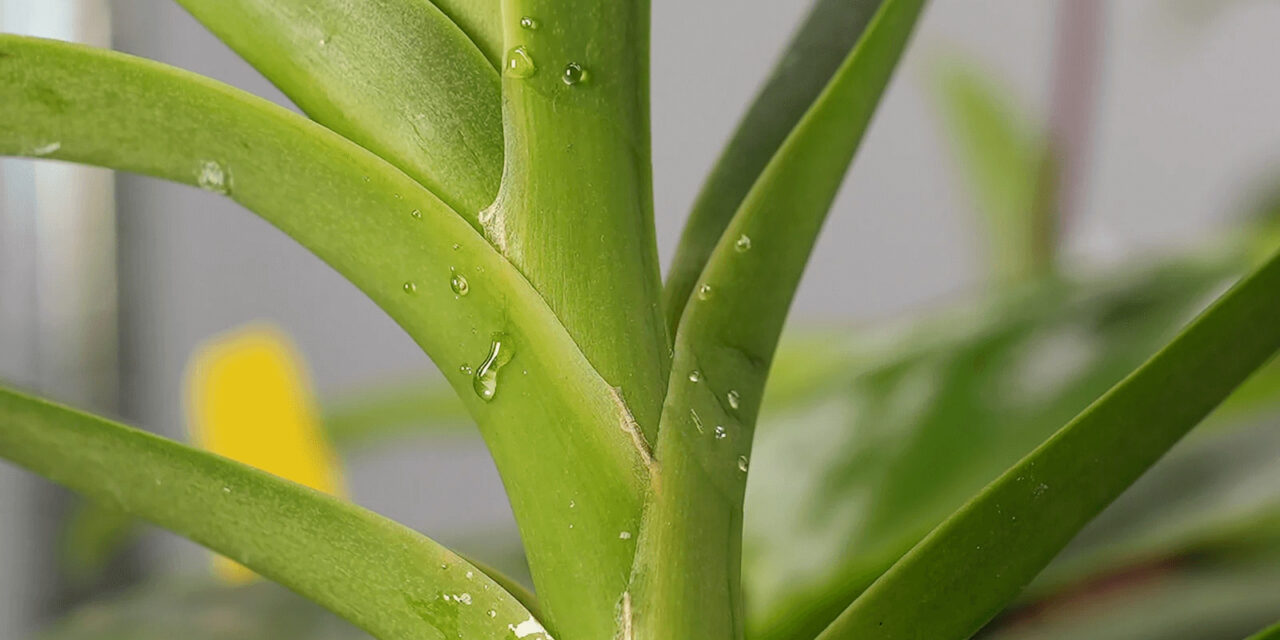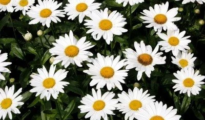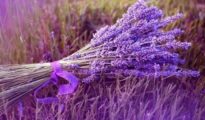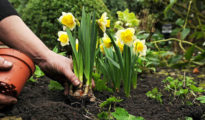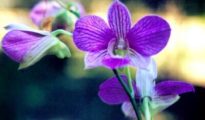Who doesn't love a beautiful orchid adorning their home? These exotic flowers are highly coveted, and although they're very easy to find now, this wasn't always the case. In the past, orchids were not so easily available, and expert growers had to go to great lengths to acquire an orchid. Thankfully, orchids are now available to us year round, everywhere, so we never have to live without one!

But lately, you may have noticed a clear, sticky substance on your orchid leave. So what's up with the sap on orchid leaves? You may not even have noticed it until you gave them water, or you may have noticed that the area around the orchid is now sticky and dirty. This is how we noticed something wasn't right – the leaves were dripping this sticky sap on the table and windowsill making a pretty big mess for clean up. So what is this sap on orchid leaves and how can you fix it? Keep reading to find out!
Sap on Orchid Leaves
So what does the sap on orchid leaves really mean? Experienced growers are familiar with this sticky residue, but if you're new to growing orchids, you may be wondering what is going on. For the most part, the sap is actually just secretions, or “honeydew” which comes from different insects such as aphids, mealybugs, or scale insects. Additionally, the sticky sap can also be from the plant itself, which is naturally produced by the flowers and buds.
Happy Sap:
Professional orchid growers refer to this clear, sticky sap as “happy sap”. The sap that is naturally produced by the flower itself is thought to do so in order to attract pollinators, which results in sticky orchid leaves which can drip a lot. If this is the case, the sticky stuff can easily (but gently) be washed off with water and is no cause for concern.
Insects:

So how do you know whether your plant is naturally secreting plants or it is caused by insects? First, you'll need to thoroughly inspect the plant and its leaves. There are clear cut signs which will tell you whether your plant is infested or not. If you noticed any ants on the plants, this may be a sign that aphids or mealybugs are present, as they have a codependent relationship. Be sure to check underneath the leaves as well, as often times, these bugs will hide underneath there.
Sooty Mold:
If you see gray to brown sticky and slimy patches on the foliage, your orchid plant may have sooty mold. This is a fungal infection that can cause a lot of damage if left untreated. The same goes for aphids, mealybugs, and scale – if you see them on the plants, they must be removed as they can easily kill an orchid plant.
Bacterial Infection:
If you notice dark brown to black sticky spots on the leaves or stems, this is a sign of a serious bacterial infection. Unfortunately, once the bacterial infection has set it, there is not much to be done. You should discard of the plant immediately.
How to Treat Sap on Orchid Leaves
So now that you've (hopefully) identified the cause of the sap on your orchid's leaves, it's time to treat it! If it's simply happy sap (there are no signs of mold, bugs, or dark patches of color), just wash the leaves with a washcloth. Do this gently so as not to break the foliage.
If you suspect your plants have any of the above mentioned pests (ants, aphids, mealybugs, or scales), wash the plants thoroughly with horticultural oil or rubbing alcohol. Prevent future infestations as well as any fungal diseases by wiping the leaves down with neem oil or horticultural oil.

